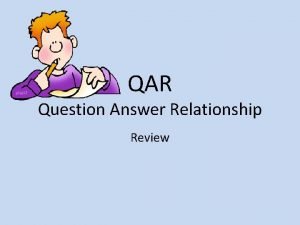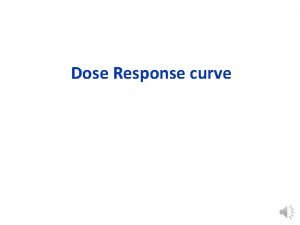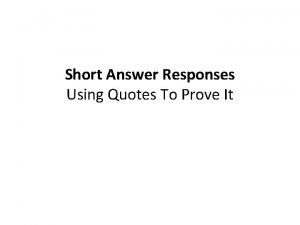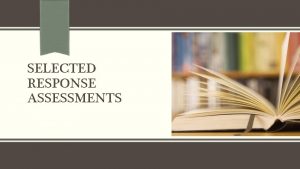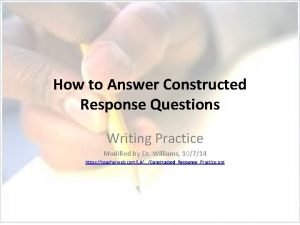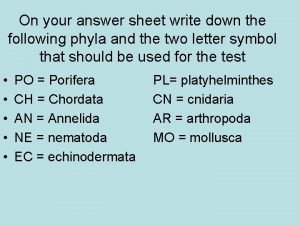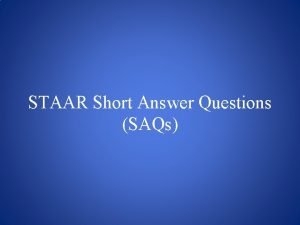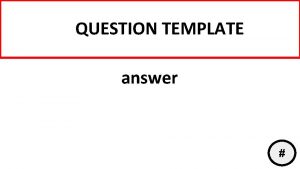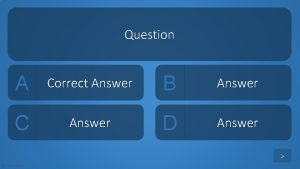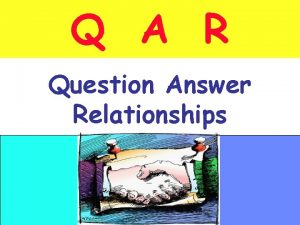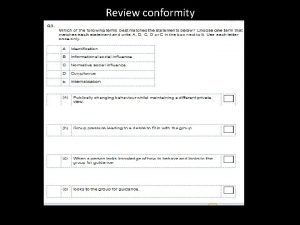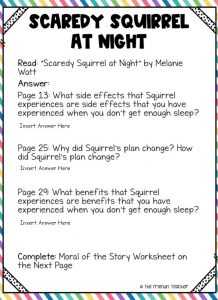Question Answer Response or Relationship Question Answer Relationship











- Slides: 11

Question Answer Response (or Relationship)

• Question Answer Relationship is a reading strategy where students learn how to identify different types of questions, and to effectively use the text to locate answers to them. It’s a kid-friendly way to teach the difference between literal and inferential questions.

• Building an awareness of what different types of questions to look for will help students become more strategic about their search for answers.

THE ANSWERS TO EVERY QUESTION WILL COME EITHER FROM THE TEXT, OR FROM WHAT STUDENTS ALREADY KNOW.

• The answer can be found “right there” in one place in the text. Also called a literal question (it’s literally “right there” in the text).

• The answer is “right there” in the text, but you might have to look in several different places to locate it. This is a literal question, too.

• The answer is not in the text, but you still need information that the author has given you. You’ll use that, and what you already know in order to respond to this type of question. Also called an inferential question.

• The answer is not in the text. You don’t even have to read the text to be able to respond to this type of question. Student responses are based on personal opinions and background knowledge.

After teaching the 4 different types of QAR’s: • Choose any text or passage • Write questions based on the text (questions should fall into the 4 categories. • Students read the text or passage. • Students answer the questions and then identify which category they used to respond to each question. • Discuss responses and categories as a group (In some cases, there may be support for more than one choice of categories)

Question examples using the story of The Three Bears. Right There Question 1. Where did the story take place? (in a house in the forest). The answer is right there, and is found in ONE place in the text. Think and Search Question 2. What did Goldilocks do to three of Baby Bear’s possessions? (She ate his porridge, broke his chair, and slept in his bed). The answers are right there, but found in different places in the text. Author and Me Question 3. How did Baby Bear feel when he saw that his chair was broken? (He was very upset). The author never directly states this. The author does say that Baby Bear cried, and the reader knows that when someone cries, they are usually upset. On My Own Question 4. Goldilocks sat in Baby Bear’s chair and broke it. Write about a time that you broke or ruined something that did not belong to you. You didn’t need to read this story to complete this response.

• Helps students monitor their comprehension of the text • Provides a purpose for reading • Allows students to assess their comprehension of the text • Encourages higher order/critical thinking • Helps disprove the misconception held by students that all answers are found right there in the text.
 Costa question
Costa question Natural and forced response
Natural and forced response Natural response circuit
Natural response circuit A subsequent
A subsequent Question and answer relationship
Question and answer relationship Graded dose-response curve shape
Graded dose-response curve shape Quotes answer
Quotes answer Selected response questions
Selected response questions Example of open ended questions
Example of open ended questions Answer the following question in your answer sheet
Answer the following question in your answer sheet In your notebook write questions and answers
In your notebook write questions and answers This excerpt supports the idea that rainsford has
This excerpt supports the idea that rainsford has




